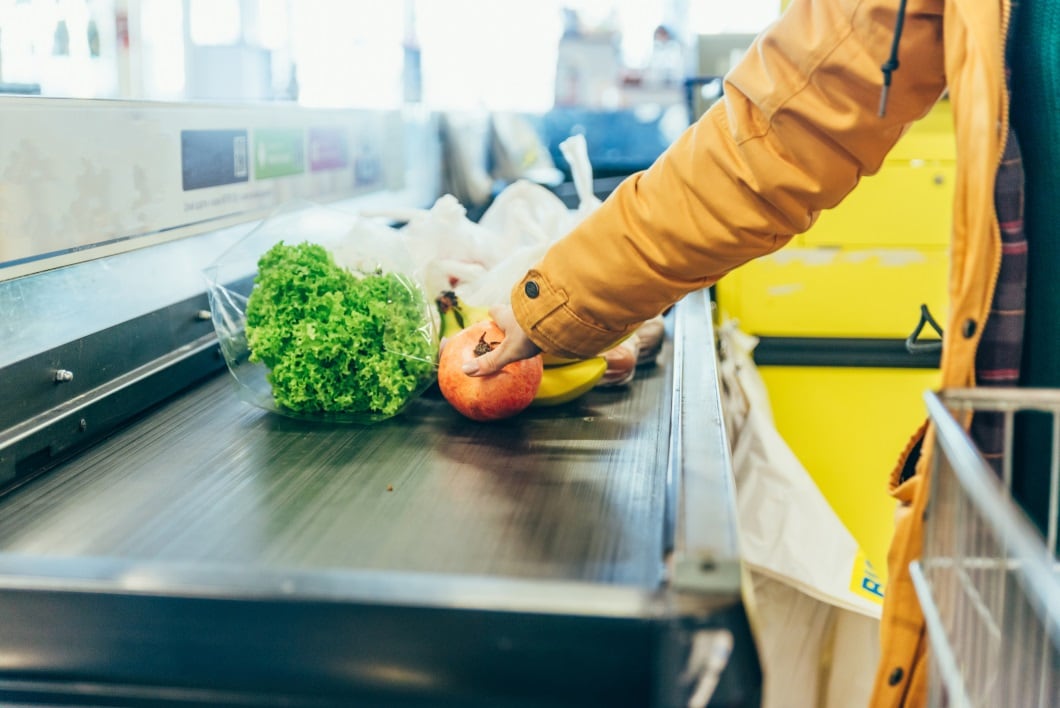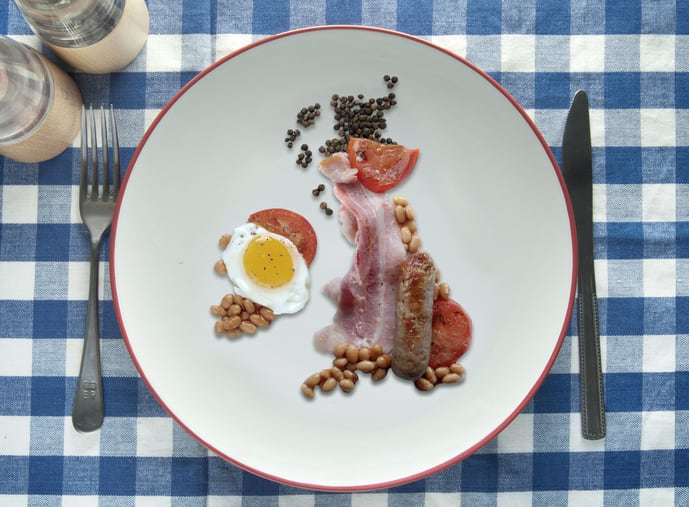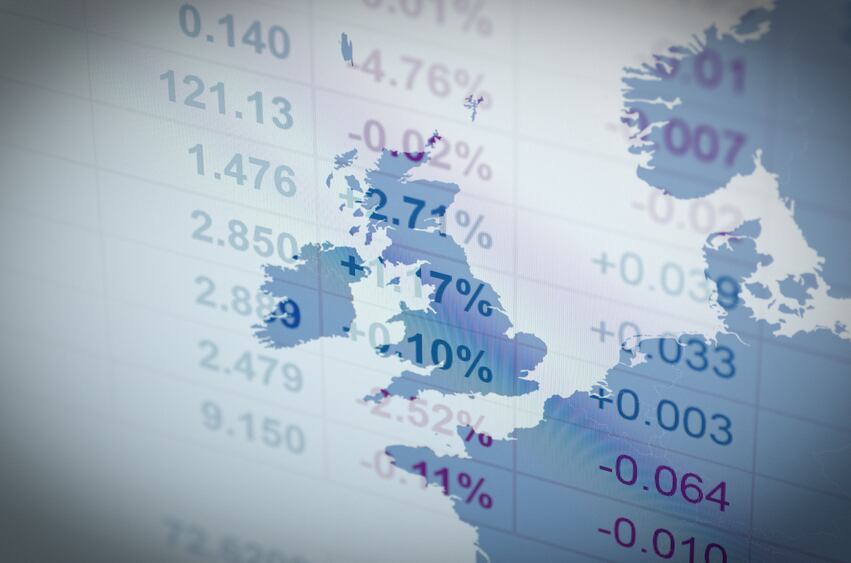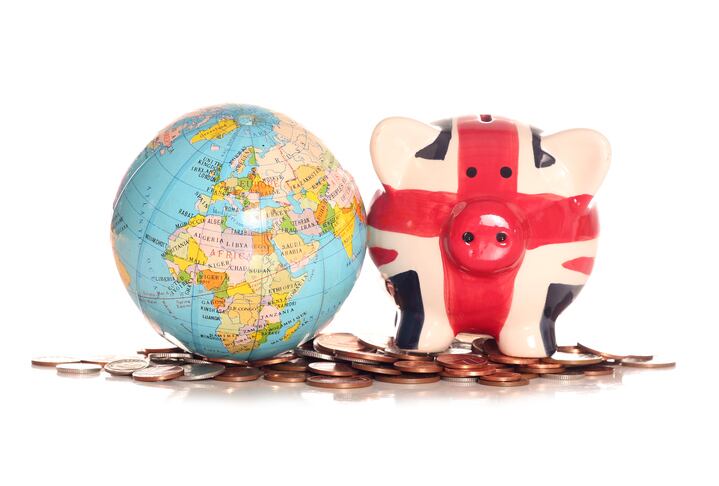The cost of food in Europe increased by 2% in June 2019 compared to June 2018. According to data from Trading Economics, between 1997 and 2019 annual food inflation in the EU averaged 3.01%.
The most recent Eurostat report revealed that the highest contribution to annual inflation in the euro area came from services – which added 0.73%. This was followed by food, alcohol and tobacco, which raised overall inflation levels by 0.3%.
Within the European Union, food spending totalled €1.123bn in 2016. Food and drink expenditure accounts for an average of 13.5% of household budgets throughout the EU, according to data from industry body FoodDrinkEurope. Across Member States, spending on food accounts for between 10% and 31% of household incomes.
Food price inflation in Europe is being driven by ‘many factors’ including increased taxation or tariffs on goods, political and social events, exchange rates, even climate change and the weather, a spokesperson from price comparison experts Compare My Mobile told FoodNavigator.
Compare My Mobile has launched a new digital food shopping tool that compares a basket of 23 ‘essentials’, from apples and bananas to dairy, meat, soda and wine. It identified the most expensive – and the cheapest – places to eat in the region.
The study found Switzerland is the most expensive country to buy staple groceries, with the basket coming in at €141.06. It was followed by Norway at €119.13, Iceland at €110.46, Monaco at €99.12 and Denmark at €80.88.
Of the 22 European countries analysed, the Ukraine was the cheapest place to buy groceries at €27.07, followed by Turkey at €34.24.
France narrowly missed being in the top-five most expensive countries at €79.75. The other large consumer markets of Germany and the UK are currently mid-priced for food products, Compare My Mobile data suggests, at €63.32 and €65.45 per basket respectively.
Brexit price shock?
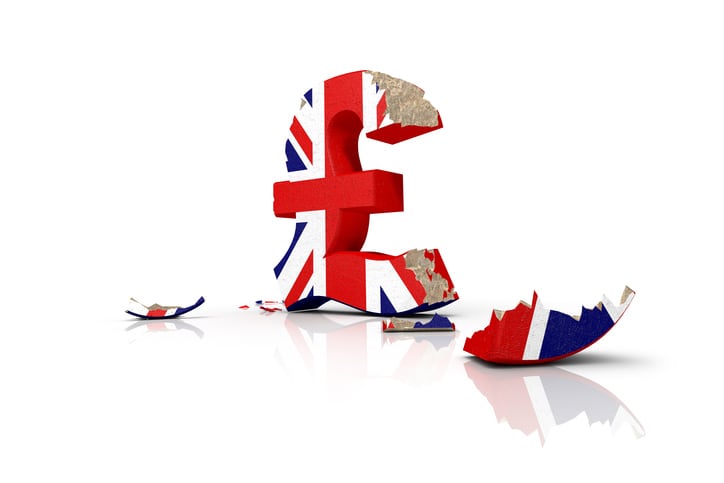
However, the UK’s position in the middle of the pack looks tenuous, with concerns over the impact of Brexit already pushing up UK food prices.
The British Retail Consortium (BRC) revealed that food price inflation stood at 2.5% in March, its highest level since 2013. The industry body, alongside food sector counterpart the Food and Drink Federation (FDF), have repeatedly warned that a chaotic no-deal exit will result in higher prices and food shortages.
The BRC previously suggested that no-deal Brexit could mean British shoppers could be forced to pay as much as one-third more for ‘everyday items’. According to the retail association's assessment, if UK businesses have to trade with the EU on World Trade Organization terms, the cost of food imports would increase by an average of 22%. The falling value of the sterling against the euro will also push up the price of imported food.
The Compare My Mobile spokesperson echoed warnings that if the UK leaves the EU without a withdrawal agreement to allow the continued flow of goods, the country could face a Brexit price shock.
Currently around 30% of the value of food purchased by households in the UK is imported, and the major source of food imports is the EU.
“The UK is currently a member of the European Union which means that the country does not pay tariffs on goods - including food products - coming in from other EU countries. Once Brexit occurs on the 31st of October, imports may be slower and more expensive which will in turn affect consumer prices,” the spokesperson noted.
For example, research by The UK Trade Policy Observatory calculated that after Brexit an average tariff of 44.6% on dairy could translate to a price rise of 8.1%.
However, the spokesperson added that the data suggested a 'mixed' picture of the implications full membership of single market has on food prices.
"The analysis has highlighted that four of the top five expensive countries are outside the EU, but Ukraine, the cheapest place for food, is also outside the single market. It is difficult to predict what impact full membership of the single market will have on overall food costs once Brexit comes into fruition... But as the current figures show it is often cheaper to buy food in countries within the full single market membership (17 out of 25 countries in our analysis)."

